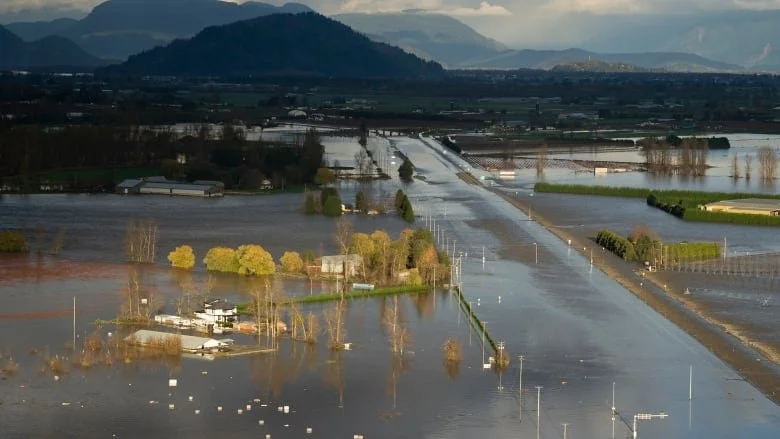The classic fire hydrant is the red one, with one or two nozzle hook-ups. Sometimes you'll see orange or red and white ones. And if you're in Vancouver downtown, West End, Fairview, or Kitsilano neighbourhoods, you might see big blue and white ones, with three nozzles hookups. That's because they're part of a large, separate network, called the dedicated fire protection system (DFPS), says Vancouver Fire Rescue Service spokesperson Matthew Trudeau.
‘We are sleepwalking towards disaster’ on Lake Erie, environmental group says
In 2018, faced with a rise in toxic algal blooms that threatened the health of Lake Erie, Ottawa and Queen’s Park released the Canada-Ontario Lake Erie Action Plan, pledging to reduce levels of phosphorus in the lake by 40 per cent within seven years. Since then, says Michelle Woodhouse, water program manager with Environmental Defence, little has happened.
When climate-fuelled disaster pummels your hometown, what comes next?
Cheryl Cli’s house is so new, it’s still in the packaging. The modular build sits on a muddy lot on safe, high ground about five minutes outside of Fort Simpson, N.W.T. Some of the industrial plastic is ripped away, revealing its cherry red siding. On this April day, the air smells of meat and veggies cooking over an open fire. Cli is having a cookout with friends and family to “claim” the lot. Earlier in the week, she noticed some firewood had been taken. “It’s OK, they probably needed it,” she says.
B.C. residents urged to prepare for floods and wildfire
British Columbians are asked to prepare for natural disasters ahead of this year’s spring freshet and wildfire season. B.C. government officials said there are a number of steps you can take to make sure you are ready in the event of a disaster. “As we’ve seen in recent years, from wildfires to floods, many households in the province are uninsured or underinsured for the hazards we face in British Columbia, which are becoming more frequent due to climate change,” said Mike Farnworth, Minister of Public Safety and Solicitor General. Provincial government officials recommend purchasing flood and fire insurance to ensure you have some financial protection.
After catastrophic 2021 flood, N.W.T. communities prepare for spring breakup
The Dehcho (Mackenzie River) is already moving near Fort Providence, and in the communities of Fort Simpson and Fort Good Hope where the river is still frozen, community members are not waiting for disaster to strike — many have lifted their homes and have begun to move valuables to high ground. Floods in May last year were "the scale of something that just had never been anticipated," said Fort Simpson Mayor Sean Whelly.
Abbotsford church helped single mother return home after devastating flood
If, as the old African proverb puts it, it takes a village to raise a child, it can also take a community to help someone recover from disaster. That’s the story Trina Enns tells about how her church – the South Abbotsford Church, part of the Canadian Conference of Mennonite Brethren Churches – is helping her rebuild her hope and home after last November’s devastating flood in B.C.’s Fraser Valley.
B.C. disaster drives home need for flood-resistant infrastructure across Canada, climate experts say
Climate specialists say a major overhaul of infrastructure in communities across Canada is needed to make homes, buildings, roads and rail lines more resilient to extreme weather events, as climate change makes those events more likely. "Infrastructure decisions in Canada are not accounting for a changing climate," said Ryan Ness, research director for adaptation at the Canadian Institute for Climate Choices.








